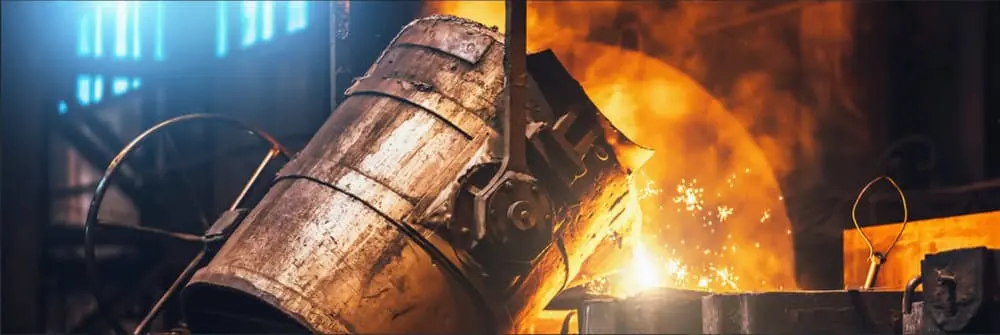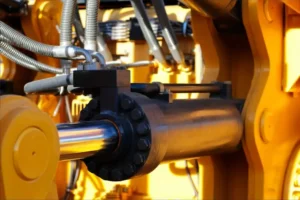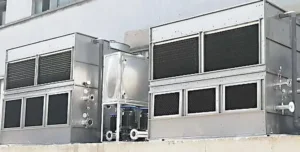
Ada perbedaan mencolok antara lapisan netral dan asam pada frekuensi menengah (JIKA) tungku, khususnya dalam komposisi material, Karakteristik kinerja, dan aplikasi yang sesuai. Di bawah ini adalah perbandingan terperinci dari keduanya.
Komposisi material
Lapisan tungku asam
- Biasanya terbuat dari bahan dan bahan yang sedang dengan ketahanan oksidasi yang kuat, seperti batu bata silika, Clinker, dan batu bata alumina tinggi.
- Komponen primer termasuk silikon dioksida (Sio₂) dan alumina (Al₂O₃).
- Untuk meningkatkan kinerja, Aditif seperti kuarsa yang menyatu, pengikat yang tahan suhu tinggi, agen anti-padat, penstabil panas, agen anti-pelonggaran, dan mikro-powder komposit sering dimasukkan ke dalam matriks.
Lapisan tungku netral
- Biasanya terdiri dari silikon karbida (Sic), Alumina berkualitas tinggi, Clinker, dan zat refraktori lainnya.
- Lapisan netral juga sering mencakup lapisan tungku keramik atau beton refraktori. Lapisan keramik menawarkan ketahanan api yang unggul dan stabilitas termal, sementara beton refraktori dihargai untuk komposisinya yang stabil, Insulasi termal yang sangat baik, dan kekuatan tinggi.
Karakteristik kinerja
Lapisan tungku asam
- Memberikan resistensi yang sangat baik terhadap korosi suhu tinggi dan sangat efektif untuk memproses inklusi oksida.
- Kemurnian tinggi bahan baku dan rasio material yang dioptimalkan memberikannya beberapa sifat utama: Peningkatan resistensi terhadap erosi besi cair, kelembutan tinggi, Dampak resistensi, suhu pelapis beban yang ditinggikan, kekuatan tekan dan lentur suhu tinggi yang sangat baik, dan resistensi terak yang kuat.
Lapisan tungku netral
- Dirancang untuk menahan korosi dan suhu tinggi sambil juga mentolerir ekspansi dan tekanan termal.
- Lapisan keramik memiliki kepadatan tinggi, Konduktivitas termal rendah, dan ketahanan yang sangat baik terhadap guncangan termal, membuatnya ideal untuk aplikasi suhu tinggi.
- Lapisan beton refraktori unggul pada ekspansi dan tekanan termal pada suhu tinggi dan menawarkan stabilitas suhu tinggi yang unggul dan kekuatan mekanik.
Skenario yang berlaku
Lapisan tungku asam
- Paling cocok untuk memproses dan peleburan bahan yang kaya oksida, seperti au-pGE (elemen kelompok emas dan platinum) Bijih, di mana lapisan asam lebih efektif dalam mengobati inklusi oksida.
- Umumnya digunakan dalam operasi intermiten besar tungku listrik frekuensi menengah.
Lapisan tungku netral
- Lebih tepat untuk memproses inklusi sulfida, yang seringkali lebih sulit dikelola pada suhu tinggi. Lapisan netral menawarkan resistensi yang lebih baik terhadap erosi dalam kondisi ini.
- Ideal untuk peleburan bijih yang mengandung sulfur atau saat desulfurizing zat besi cair dengan aditif seperti kalsium karbida, kapur, atau soda abu.
- Dalam beberapa kasus khusus, seperti mencegah residu magnesium dalam logam cair bereaksi dengan lapisan, Bahan refraktori netral digunakan untuk memastikan integritas lapisan.







